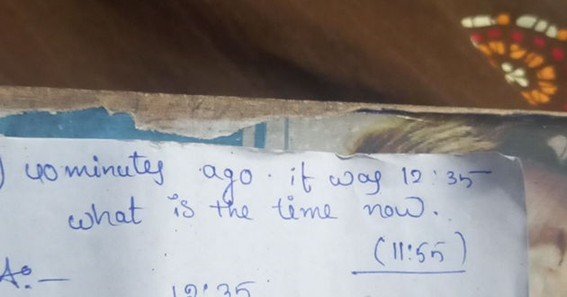Calculating time differences can sometimes be confusing, especially when dealing with 12-hour intervals that cross the AM/PM threshold. If it’s currently 8:53 AM, subtracting 12 hours would take you to 8:53 PM on the previous day.
Understanding 12-Hour Time Differences
In a 12-hour clock system, the day is divided into two periods: AM (Ante Meridiem) and PM (Post Meridiem). Subtracting 12 hours from a given time essentially switches the period from AM to PM or vice versa.
Example Calculation:
- Current Time: 8:53 AM
- Subtract 12 Hours: 8:53 AM – 12 hours = 8:53 PM (previous day)
Therefore, 12 hours before 8:53 AM today was 8:53 PM yesterday.
FAQ
1. How do I calculate time differences across AM and PM?
To calculate time differences that cross from AM to PM or vice versa, you can add or subtract 12 hours. For example, subtracting 12 hours from 8:53 AM results in 8:53 PM the previous day.
2. Does subtracting 12 hours always change the day?
Yes, subtracting 12 hours from a morning time (AM) will take you to the previous evening (PM) of the day before. Conversely, subtracting 12 hours from an evening time (PM) will take you to the same time in the morning (AM) of the same day.
3. How can I quickly determine the time 12 hours before or after a given time?
A simple method is to change the AM/PM designation without altering the hour and minute. For instance, 8:53 AM minus 12 hours is 8:53 PM the previous day, and 8:53 PM minus 12 hours is 8:53 AM the same day.
4. Are there tools available to help calculate time differences?
Yes, several online calculators can assist with time calculations. For example, the Time Calculator allows you to add or subtract hours, minutes, and seconds from a specified time.
5. Why is understanding time differences important?
Understanding time differences is crucial for scheduling, especially across different time zones, and for accurately interpreting time-related data in various contexts.










